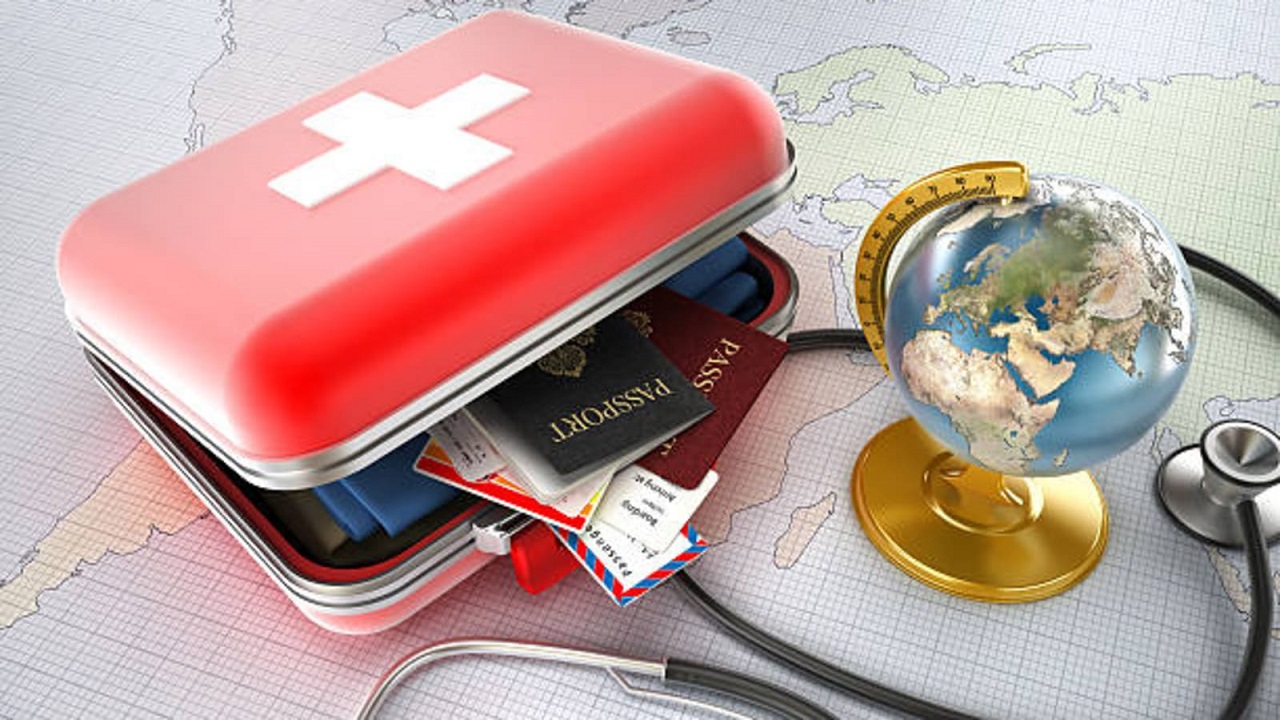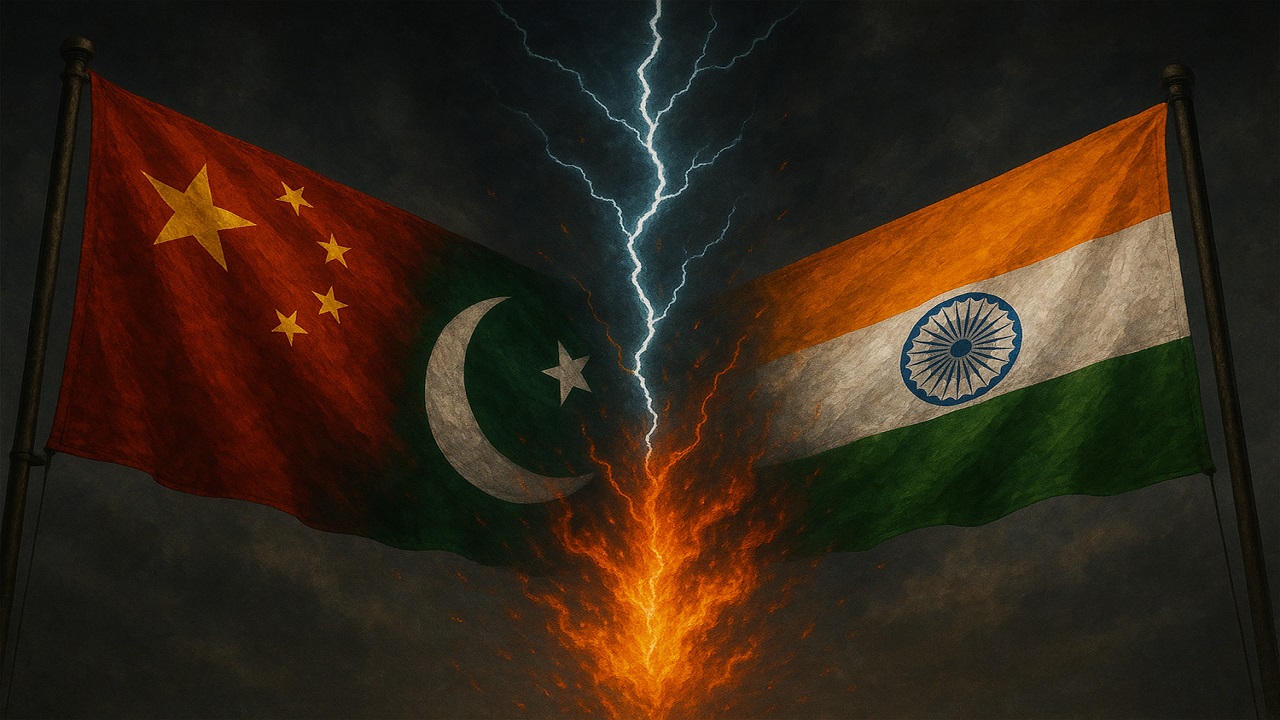Medical Tourism in India : Rising Trends, Opportunities, and Challenges
Context
India has recently witnessed a significant rise in foreign tourist arrivals (FTAs) for medical purposes between January and April 2025, signalling strong growth in the medical tourism sector. As per the Ministry of Tourism, this surge highlights India’s emerging position as a preferred global destination for medical and healthcare services.
Introduction
Medical tourism refers to the practice of travelling to another country to obtain medical, dental, or other healthcare services. It has gained global prominence due to cost advantages, high-quality healthcare, and ease of international travel. India, with its robust healthcare ecosystem, has emerged as one of the leading hubs for medical tourism.
Status of Medical Tourism in India
-
From January to April 2025, India recorded 1,31,856 FTAs for medical purposes.
-
This accounts for around 4.1% of the global total.
-
The steady increase reflects India’s growing competitiveness in the international medical tourism market.
Reasons for India’s Attractiveness in Medical Tourism
-
Cost-Effectiveness
-
Medical procedures are significantly cheaper than in Western countries.
-
Example: Heart bypass surgery in India costs 5–10 times less than in the US or UK.
-
-
High-Quality Healthcare
-
Strong healthcare infrastructure with internationally accredited hospitals and skilled professionals.
-
Example: Tamil Nadu leads in medical tourism due to superior quality services.
-
-
Government Support
-
Introduction of e-medical visa and e-medical attendant visa for citizens of 171 countries.
-
Promotion of the ‘Heal in India’ campaign to foster public–private partnerships, involving hospitals, facilitators, hotels, airlines, and regulatory agencies.
-
-
International Recognition
-
Many Indian hospitals have certifications from reputed global institutions.
-
-
State Government Initiatives
-
Example: Gujarat promotes medical tourism by:
-
Registering wellness retreats on official tourism platforms.
-
Organising wellness-focused events and exhibitions.
-
Hosting familiarisation trips for industry stakeholders.
-
Using social media to promote healthcare facilities.
-
Training paramedical staff to enhance service quality.
-
Showcasing healthcare infrastructure in international events.
-
-
Challenges Facing India’s Medical Tourism Sector
-
Limited Promotion of advanced healthcare capabilities.
-
Strong International Competition from Thailand, Malaysia, Singapore, Turkey, and South Korea.
-
Lack of Coordination among industry players for unified global representation.
-
Inconsistent Fee Structures, causing confusion among foreign patients.
-
Lack of Transparency in billing for international clients.
-
Hygiene Concerns in certain hospitals, including poor hygiene practices, unhygienic food handling, and substandard hospitality services.
Conclusion
India has the potential to become a global leader in medical tourism due to its affordability, advanced infrastructure, and proactive government policies. To fully realise this potential, it must focus on improving global promotion, enhancing coordination, ensuring transparent pricing, maintaining hygiene standards, and strengthening service quality. Addressing these areas will enable India to capture a larger share of the global medical tourism market.




Comments (0)